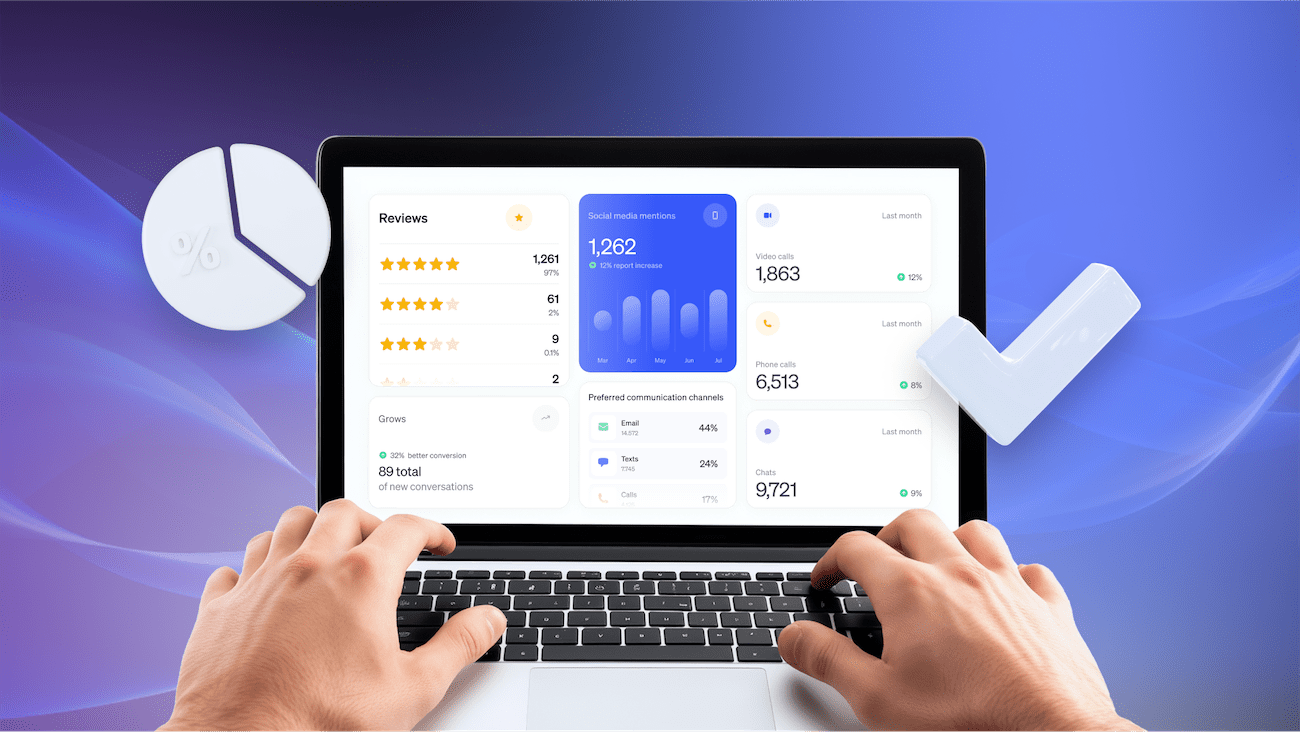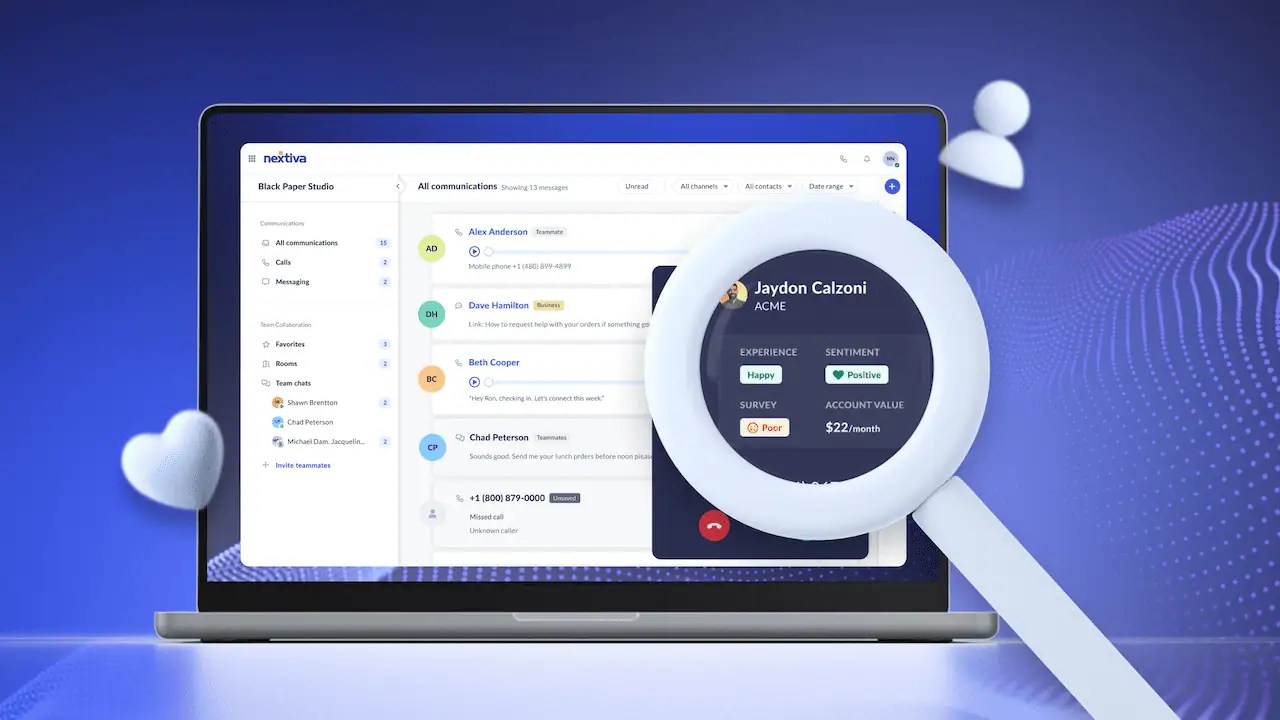Productivity
These no-fluff guides go deep into ways to maximize your time to get more done — simple as that. Apply these actionable tips to unlock even more success.
Recent Posts
All posts
Posts pagination
Valuable Resources for Your Success
PLATFORM WORTH
BETTING ON
Consolidating Platforms: How to Rethink Your Contact Center Tech Stack


Katherine Stone
CX Analyst
Top Strategies for Unified Customer Experience Management


Ben Kirchner
Senior Manager, Product Marketing, Nextiva
ACHIEVE
INSPIRE































